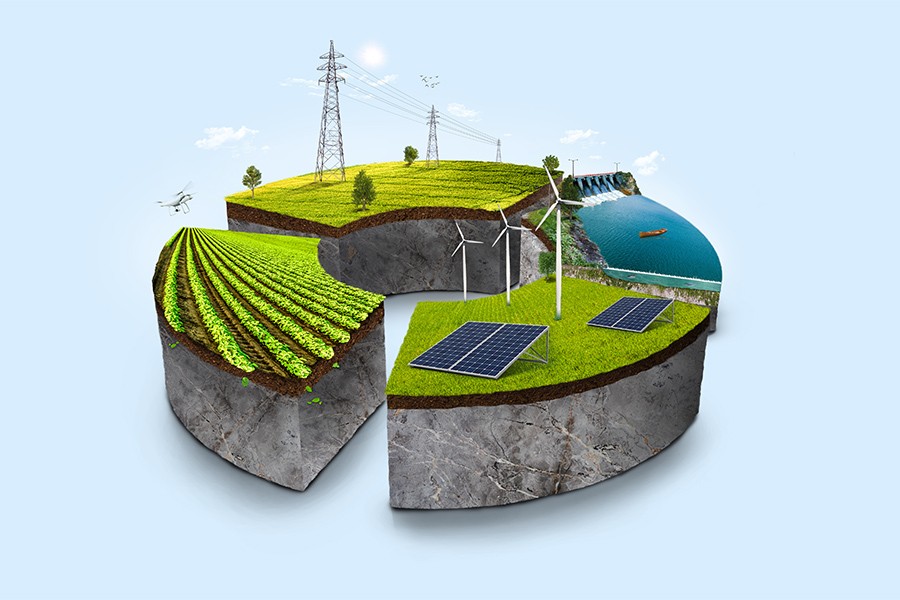Hybrid systems have a long history in the field of energy generation, starting in the 1960s, the idea of using multiple energy sources combined in a power generation system to increase efficiency over a single energy source began, and in the early 1970s, the diesel-wind hybrid system was used as a power plant, and over the following years, various technologies and methods were developed to implement these types of systems, one of which was the hybrid solar system.
During all these years, researchers have been trying to achieve sustainable energy sources, and research in this regard has also been done in this direction, so electricity production systems produce energy in different ways, which include the use of different types of energy sources, such as; Resources (wind, solar, biomass, geothermal), energy generators with fossil fuels, etc.
The contents you read
Definition of hybrid solar system
As the name implies, a hybrid solar system is a system that uses the combination and integration of two or more energy sources to generate electricity. One of these sources is always solar energy, which can be in the form of photovoltaic plates that convert sunlight directly into electricity, or in the form of sunlight concentrators that heat the fluid and drive a turbine or engine. Other sources can be wind, geothermal, biomass, fossil fuel-powered generators, and any other energy source that is available and compatible.
A hybrid solar system is the result of innovation and integration of various technologies. The combination of various technologies in the hybrid solar system increases the efficiency of energy production. During periods of high sunlight, excess energy generated by the solar system can be used to charge energy storage systems. Similarly, the thermal energy received by concentrated solar systems can be stored and used to generate electricity in cloudy or night conditions, ensuring uninterrupted power supply.
The hybrid solar system provides an innovative solution to optimize land use so that in a single center, the need for additional land resources is minimized. This makes it useful in areas where access to land is limited or expensive.
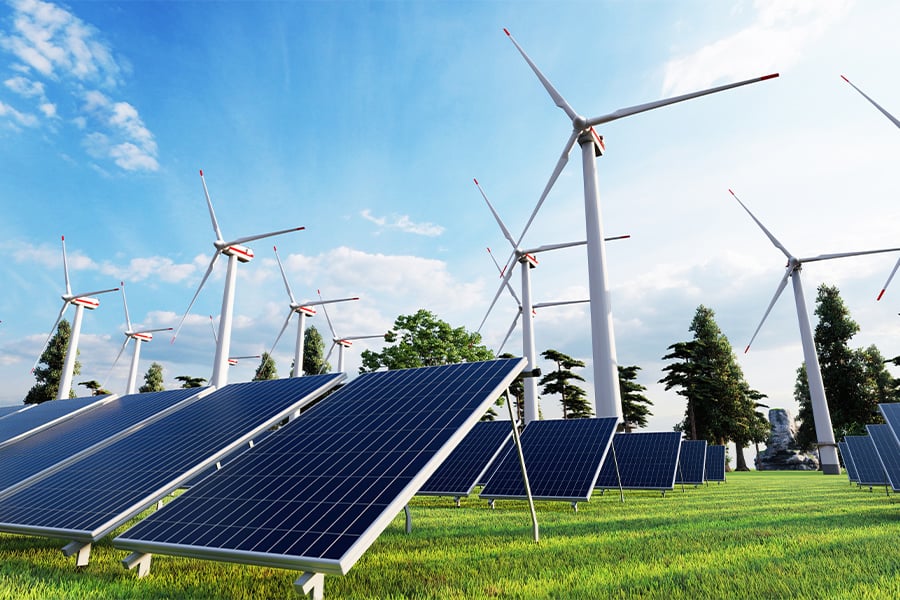
Types of hybrid solar system
According to the solar technology and the other type of energy source that is used, the type of hybrid solar system can be determined, each of which is designed to optimize energy production and meet a specific need. We have explained its main types along with their advantages below;
Hybrid solar system connected to the grid
It connects to both the solar array and the power grid.
It works in such a way that it can produce the required energy during the day through sunlight, and when the energy production from the sun is low, such as cloudy weather or at night, the system takes electricity from the grid to meet the energy needs.
These types of systems help reduce electricity bills, generate revenue and improve overall network stability.
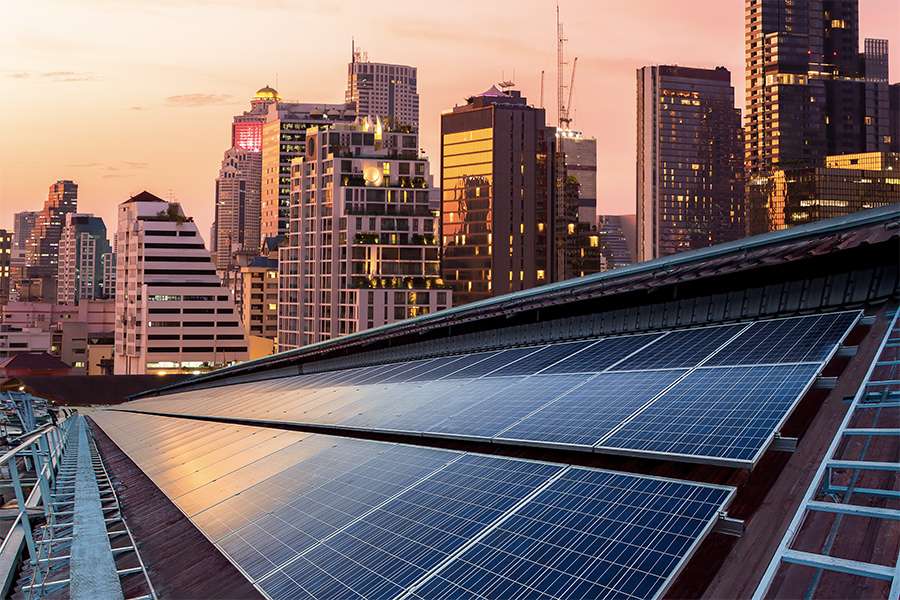
Hybrid solar system separated from grid
These systems are designed for places without access to the power grid, they combine solar energy with energy storage systems (usually batteries and backup generators).
Solar panels provide the main power source that is stored in batteries for use during periods when solar power generation is low, and backup generators are used as a secondary source, during long periods of low sunlight or high energy consumption.
These systems are usually used in areas away from the power grid or for specific applications such as telecommunications stations.
Solar-wind system
The combination of solar panels with wind turbines forms this system, which can work both separately from the grid and connected to the grid.
Solar and wind are complementary because wind can contribute more to the system during nighttime or cloudy periods, while solar energy is more available on sunny days.
Increase in electricity production capacity and provide more stable energy production, more efficient use of available space, integration of this system into the national electricity grid will stabilize the network and manage network load, use storage systems to store excess energy produced in the system and reduce fuel consumption. Fossil is one of the advantages of this system.
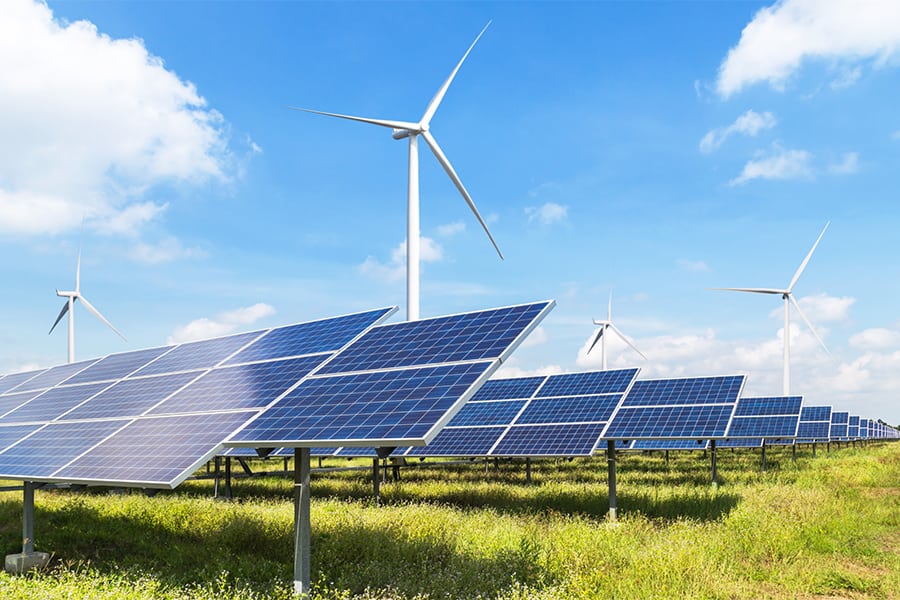
Solar-diesel system
This hybrid solar system is a combination of solar panel technology with a diesel generator.
Solar energy is the primary source, while diesel generators provide backup power during periods when solar availability is low.
It is usually used in places outside the power grid where the connection to the grid is limited or inoperable. Saving on costs such as the cost of buying fuel (especially in areas where the cost of diesel fuel is high), reducing ambient noise (diesel generators can have noise, especially in residential or sensitive areas), increasing reliability to generate energy when one of the sources of energy production is not available, the possibility of storage by battery, reducing pollution and the possibility of using it on a small and large scale are among the advantages of this hybrid system.
Solar-hydro system
Combining solar energy with hydroelectric systems.
Solar panels are used alongside water turbines to generate electricity.
It is useful in areas that have access to both sunlight and water resources and provide a stable and continuous power supply, increasing energy efficiency, balancing load and network stability, protecting and efficient use of water resources are among the benefits of this type of system.
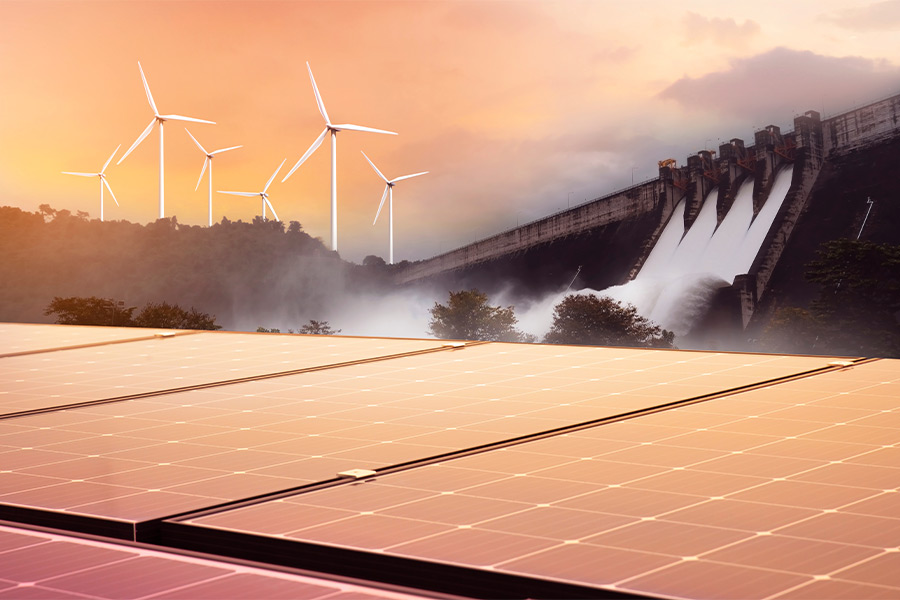
Solar-biomass system
It integrates solar energy with biomass energy sources such as crops and agricultural waste and uses these sources as complementary fuels to generate electricity.
Advantages of solar-biomass system; It provides a more reliable and consistent power supply, especially in areas with abundant biomass resources such as megacities, diversifying the energy supply portfolio, being carbon neutral and reducing its emissions.
There are also other types of hybrid systems that use more than two energy sources, such as photovoltaic + wind + geothermal, photovoltaic + geothermal or photovoltaic + wind + biomass + fuel cell. This hybrid solar system can provide more benefits by taking advantage of synergy and complements of different energy sources.
The main components of the hybrid solar system
The components of the hybrid system are almost the same as the components of the On-grid solar plant, with the difference that in addition to solar energy, other energy production sources are added to this type of system (such as wind, diesel, biomass, etc.) To provide a more reliable and consistent power source and all sources work together to produce energy. The main components of this system include: solar panels, energy storage systems, backup power source, inverter or special solar inverters, monitoring and control systems, etc.
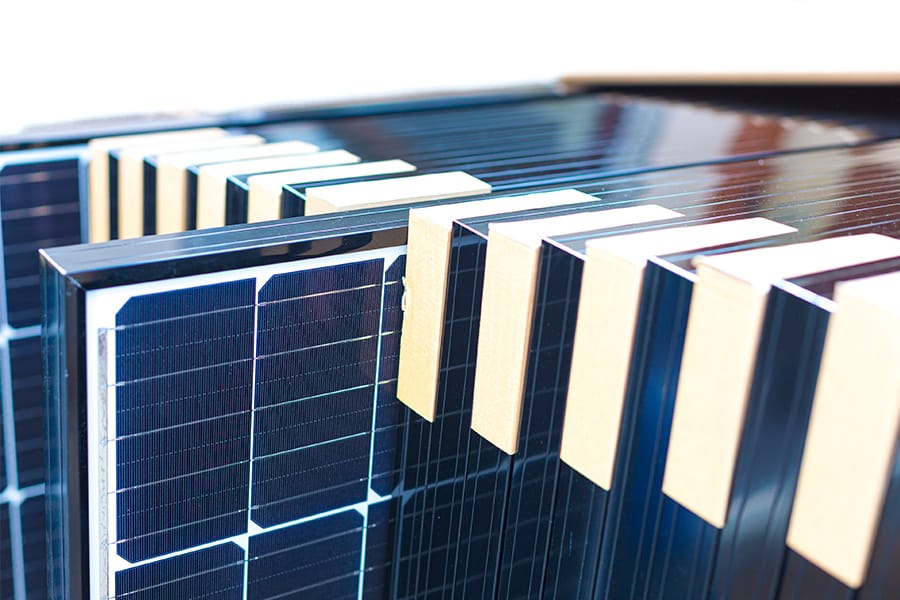
Conclusion
The hybrid solar system is an exciting and transformative thing to do to harness renewable energy. These facilities provide complementary energy generation, increased electricity efficiency, optimal land use and increased network sustainability by integrating several technologies. As we strive for a sustainable, low-carbon future, hybrid solar systems have the potential to transform the energy landscape and create new opportunities for clean, reliable and cost-effective energy generation.
The choice of a hybrid system depends on factors such as resource availability, load demand, cost considerations, and environmental considerations. With further advances and increased adoption, hybrid solar systems can play a pivotal role in accelerating the transition to a sustainable energy future for future generations.
